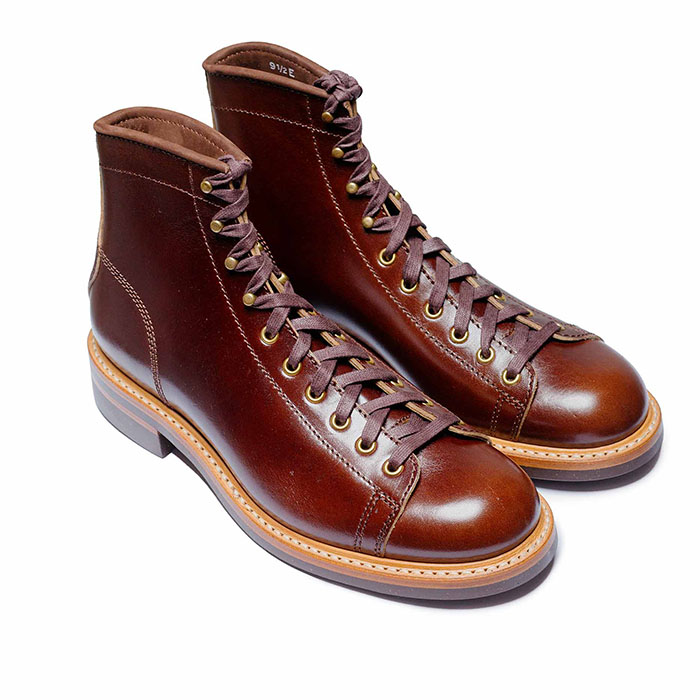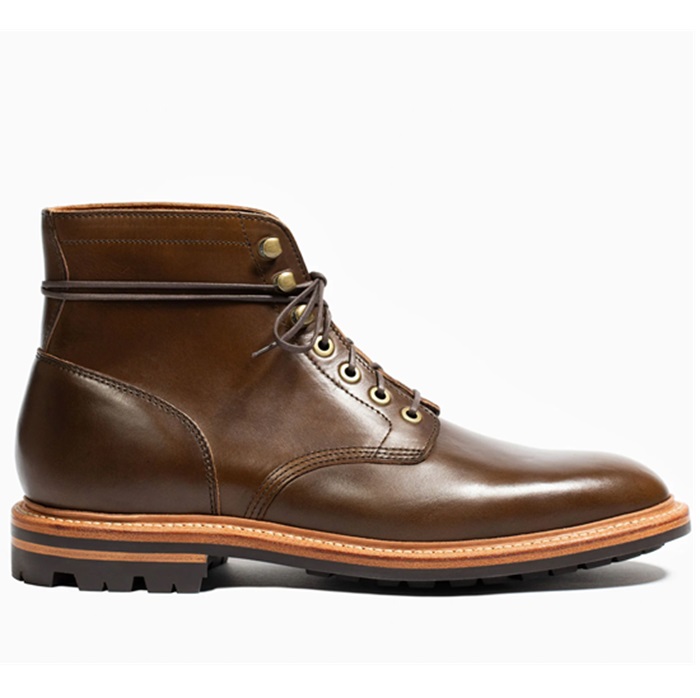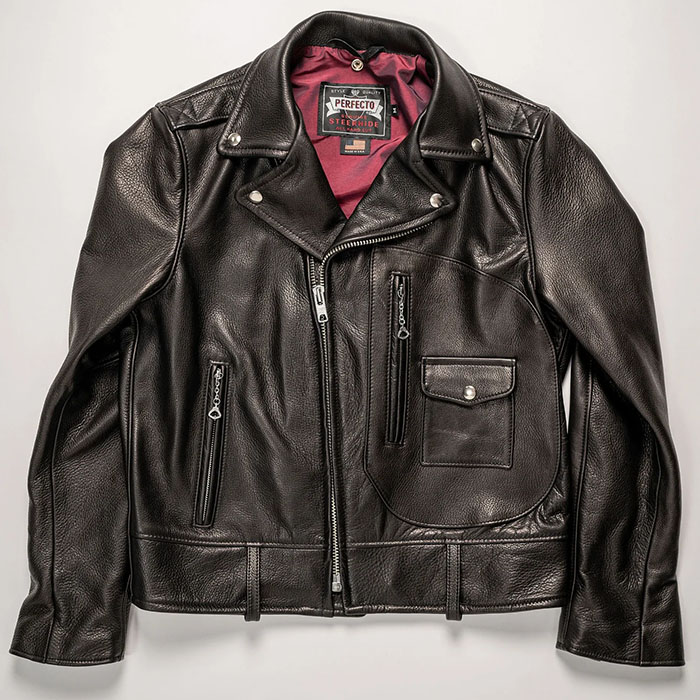This week I commented on a black homburg that one cannot have enough of them. Well, practice what you preach, so number 32 is added to the collection. Several points of attraction for this one.
Fléchet homburg for Gérard Sools in black. Size 57 with the bound brim at 5,5cm an the crown at 11cm at the center dent. Sweatband made of "cuir ragondin" or nutria leather for the English speakers. Didn't know that was a thing, but here we are, Likely the felt is nutria too, but can't confirm that as the hat has no label inside. Looks like an early one, probably forties or early fifties. Weighs 152 grams.










Fléchet homburg for Gérard Sools in black. Size 57 with the bound brim at 5,5cm an the crown at 11cm at the center dent. Sweatband made of "cuir ragondin" or nutria leather for the English speakers. Didn't know that was a thing, but here we are, Likely the felt is nutria too, but can't confirm that as the hat has no label inside. Looks like an early one, probably forties or early fifties. Weighs 152 grams.







